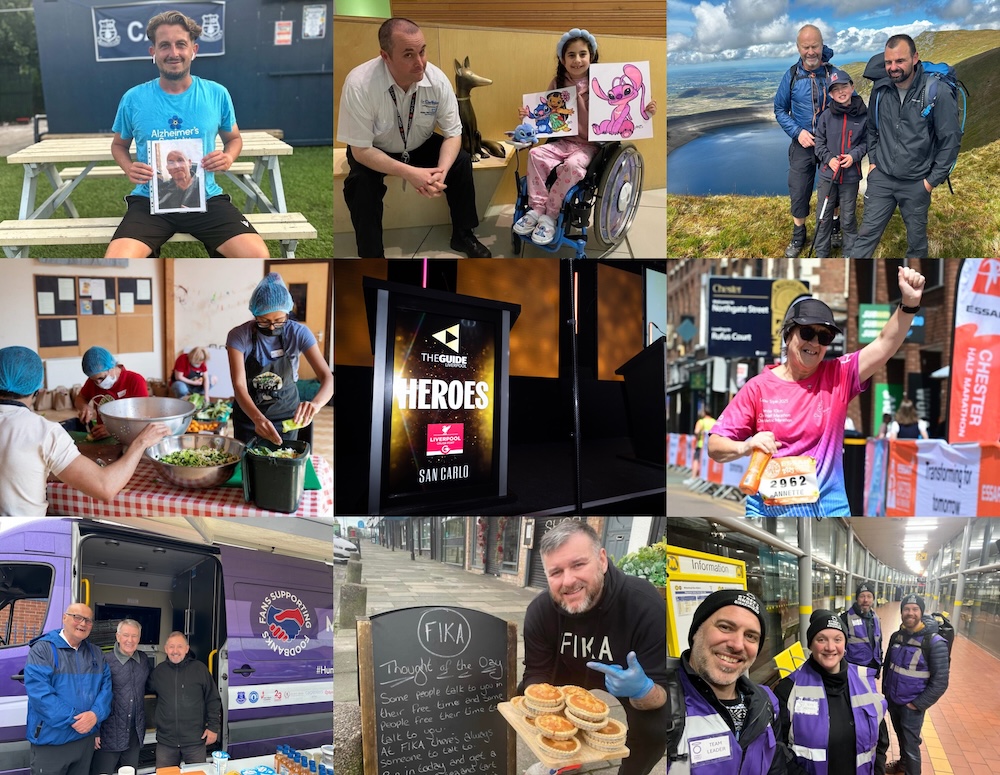
Features
New exhibition showing rave culture in Liverpool wants clubbers’ dance floor photos
1 year ago

A new exhibition is coming to Liverpool showcasing rave culture in the city from the late 80s and it wants clubbers to help tell the story from the dance floor.
Curator Ezra McConachie is working with photographer Mark McNulty to create Rave On, chronicling a hugely important time in Liverpool’s music and cultural history.
Clubs like Cream, Quadrant Park, The State, Macmillian’s and Voodoo played a big part in shaping an influential scene in the city at the time.
Now the exhibition wants to capture those moments, showing the photos and memorabilia of the people who were there experiencing it.
“We want people to share their photos taken on a night out so they can sit on the walls of the gallery alongside Mark’s work because they are just as important – they document the people who made those dancefloors so special,” says Ezra.

“We’ve been working on this for the past six months, and this is our first call out for submissions – we want the people of Liverpool to submit their pictures, flyers, ticket stubs, whatever they’ve got and then that memorabilia will be showcased in the exhibition.”
Ezra says they’re focusing on the period from 1987 to 1999 when Liverpool’s club scene was massive.
“Rave On was my idea and I reached out to Mark and the Museum of Youth Culture because I think it’s incredibly important.
“Liverpool doesn’t get the credit that other cities do for its cultural contribution and impact around that time.
“There was always a focus on Manchester in particular and there still is now, The Hacienda is mentioned all the time and it was a great club, but so much happened in Liverpool over the space of 15 years. That’s not shouted about so much so that’s what we want to do.”
Because it pre-dates smartphones, personal photos from the time can be a rarity, tucked away in drawers and boxes, which makes them even more precious.
“As a DJ and curator, I can see the big shift there’s been in club culture,” says Ezra. “Now the DJ is the focal point, the crowd is there to see the DJ and they’re filming them, whereas when acid house happened and when early house records were played in places like The State, the focus wasn’t so much on the DJ.

“In the mid-90s, Cream got bigger and bigger and then the best DJs in the world were playing here, but in its origins it was about the people on the dancefloors. The DJ was out of sight and you were there for the music and the connection with that community and that’s what we want to showcase.
“Obviously now people feel like they have to be producing content around what they’re witnessing instead of being someone who just experiences and enjoys it, but in the late 80s and 90s that wasn’t happening.
“That period of club and rave culture shaped everything we listen to, that’s why the Museum of Youth Culture’s work is so important because it archives youth culture which might otherwise be lost forever and forgotten.”
The Rave On exhibition in Liverpool, which will include a retrospective by photographer Mark McNulty, is being planned for January next year.











 Subscribe
Subscribe Follow Us
Follow Us Follow Us
Follow Us Follow Us
Follow Us Follow Us
Follow Us











